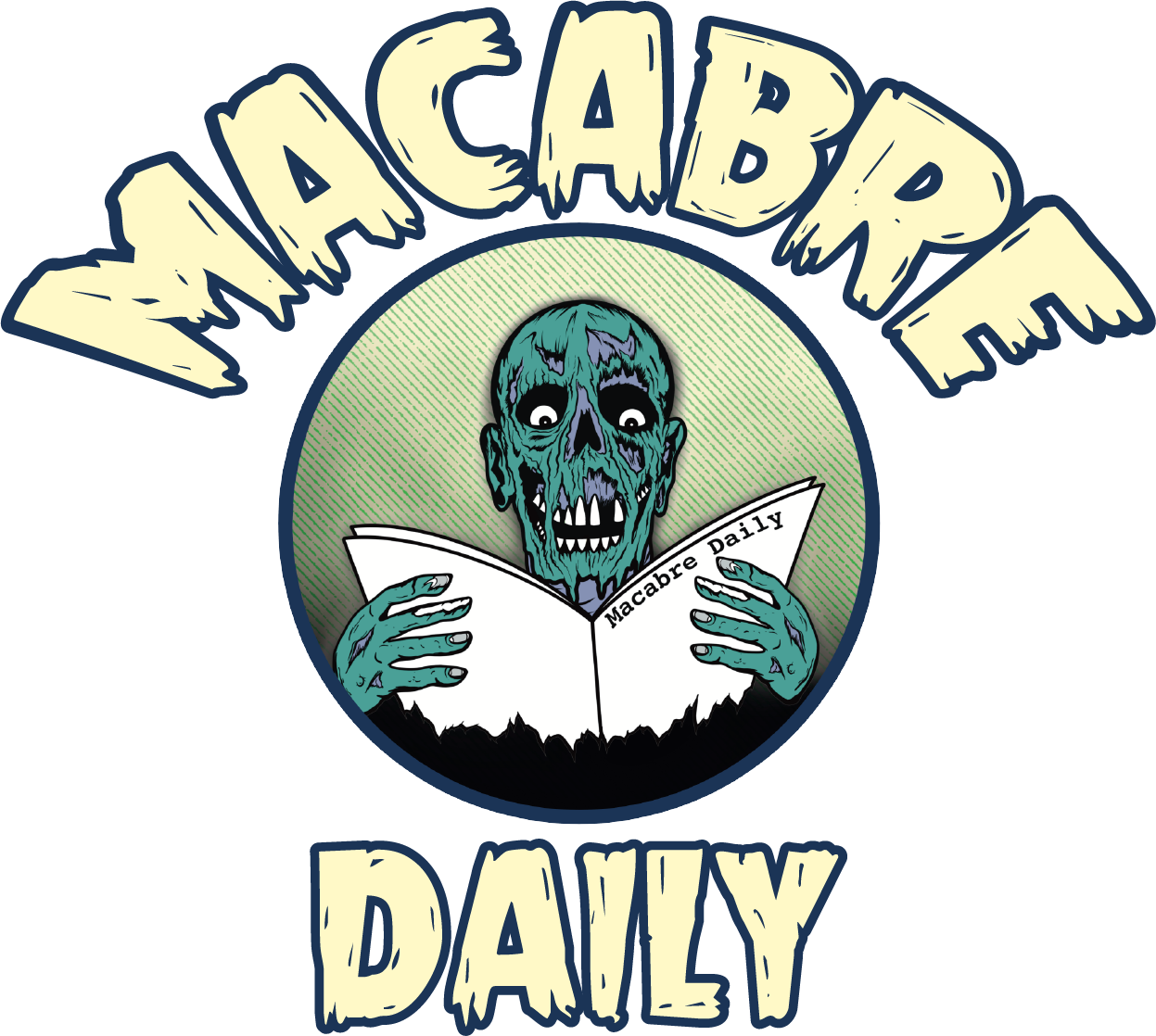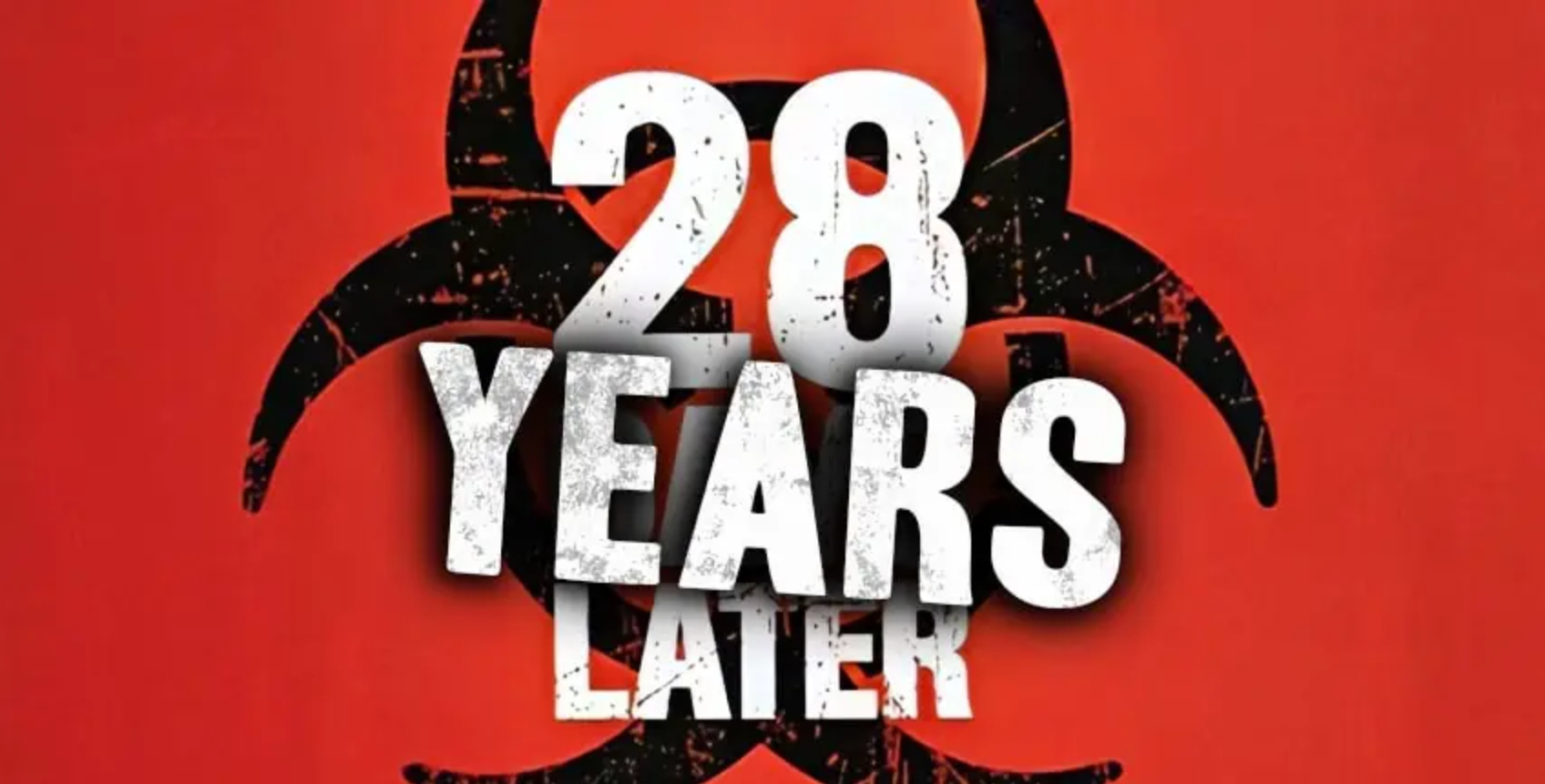PAPER CUTS: Adam Wakefield's Debut Novel, "THE USHER," Is Nostalgic Nightmare Fuel. (REVIEW)
Nostalgia is a drug, a crutch, and, ultimately, a seductive siren's song that can lead to places better left alone. It has the power to transport us to a time when life was more manageable (or so we think), more straightforward (or so we believe), or kinder (you get the point). The worst part is that the lies it creates are entirely and utterly our design. We do this to ourselves, either out of longing for a time we think made more sense, or desperation for that rush of memories we can’t fully trust are real anymore, or even ours.
Adam Wakefield's remarkable debut novel, “The Usher”, from Canal Town Press, taps into this rich vein of nostalgia and the consequences of trying to fix one's past mistakes.
This is a haunting tale of a man desperate to change the course of his life and find redemption. He meets the right (or wrong) person at a point in his life where he’s grasping for any lifeline to stop from going under. The journey the reader takes, along with the protagonist, will bring back memories, some bittersweet, some better left alone, but once you open that door to the past, there’s no going back.
Ultimately, this trip is worthwhile on many levels. Wakefield has a knack for tight dialogue, a deft hand at creating worlds and personal mythology, and a deliciously sinister sense of humor. The novel hits with the power and longing of your favorite Springsteen song, heard through the window of a '68 Mustang that’s slowly cruising out of a cemetery gate on a warm summer night.
SUMMARY:
John Bradford is at the end of his rope, a lost soul struggling to find his place in the world. A chance encounter with an impossible visitor from the past changes everything and sets John on a journey to save everyone dear to him. This nostalgic love letter to a bygone era blends cosmic horror with a nightmarish sense of paranoid psychedelia and existentialism. A haunting tale of small-town America, addiction, and redemption, Wakefield’s debut is a twisting, dreamy quest to set the wrong things right.
WHAT WORKED:
Wakefield worships at the altar of Stephen King, and we mean that as the highest of compliments. He has the innate ability to transport the reader to a time and place that feels immediately familiar yet also dreamlike and just out of reach. This allows him to expand on the nostalgic elements of the novel to lull the reader into a false sense of security while simultaneously escalating the subtle dread in the story. The result is a feeling of familiarity that should be comforting, and initially is, but slowly becomes a trap, not only for John Bradford, but for the reader as well, as we’re tricked into believing the past is a safe space where nothing bad happens to good people. The soft embrace of memory can never have claws.
The skill Wakefield demonstrates pulling off this literary magic trick is one of the novel's many highlights. The other is the ability to make the protagonist, John Bradford, relatable. Hopefully, many readers won’t have the same experiences John had, but that’s immaterial; his faults, struggles, and triumphs resonate, they land emotionally, and because of that, the novel is richer and more profound. The character work here is some of the best we’ve read in quite some time.
Wakefield’s true superpower is in the setting. He paints a picture of time and place so authentic and immersive that “The Usher” could sit comfortably alongside Ray Bradbury’s “Something Wicked This Way Comes” or “Dandelion Wine.”
The trick to setting and nostalgia is to transport the reader to an era and location that can be both familiar and entirely new. Using a movie theater as the conduit is inspired and hits all the right notes, especially here at Macabre Daily. A movie theater is, and always has been, a time machine, one tapped into every emotion we’ve ever experienced; it’s the perfect metaphor for our collective subconscious. Creating a safe space in the past within the safe space of a beloved movie theater, and then turning that into a slowly escalating nightmare, is a terrifying delight to experience.
WHAT DIDN’T WORK:
Like every debut novel, it will be rougher around the edges than an author’s tenth, twentieth, fortieth, you get it. It takes time for a writer to find the rhythm that becomes their signature style. Wakefield has laid the groundwork for a unique style. While the subject matter will undoubtedly change novel after novel (we’ve been told a werewolf novel may be on the horizon), the hope is that Wakefield’s style remains consistent, his characters as fleshed out and authentic as they are in “The Usher.” Time will tell.
BOTTOM LINE:
Adam Wakefield’s” The Usher” is a creepy, cosmic terror tale that lovingly soothes the reader into a false sense of security with a fantastic concept, realistic, fully realized characters, and an incredible setting while ever so slowly increasing the terror like a frog in a hot pot. This is Adam Wakefield’s first novel, and we are certainly impressed.
Stay up to date with “The Dark Side Of Pop Culture” by following Macabre Daily on Instagram, Facebook, and BlueSky!















Sean O'Connor has been an avid horror fan for the last 4 decades. From the Universal Classics through the New French Extremity, Sean has tried to expand his knowledge and love for the genre through film and literature and looks forward to reviewing all types of world cinema with Macabre Daily.